- Home
- Courses Offered
Finance Courses
HR Training Course
Software Courses
- About Us
- Gallery
- Success Stories
- Contact Us
- Home
- Courses Offered
Finance Courses
HR Training Course
Software Courses
- About Us
- Gallery
- Success Stories
- Contact Us

Contact Us :
+91 85007 98941
+91 99893 90149
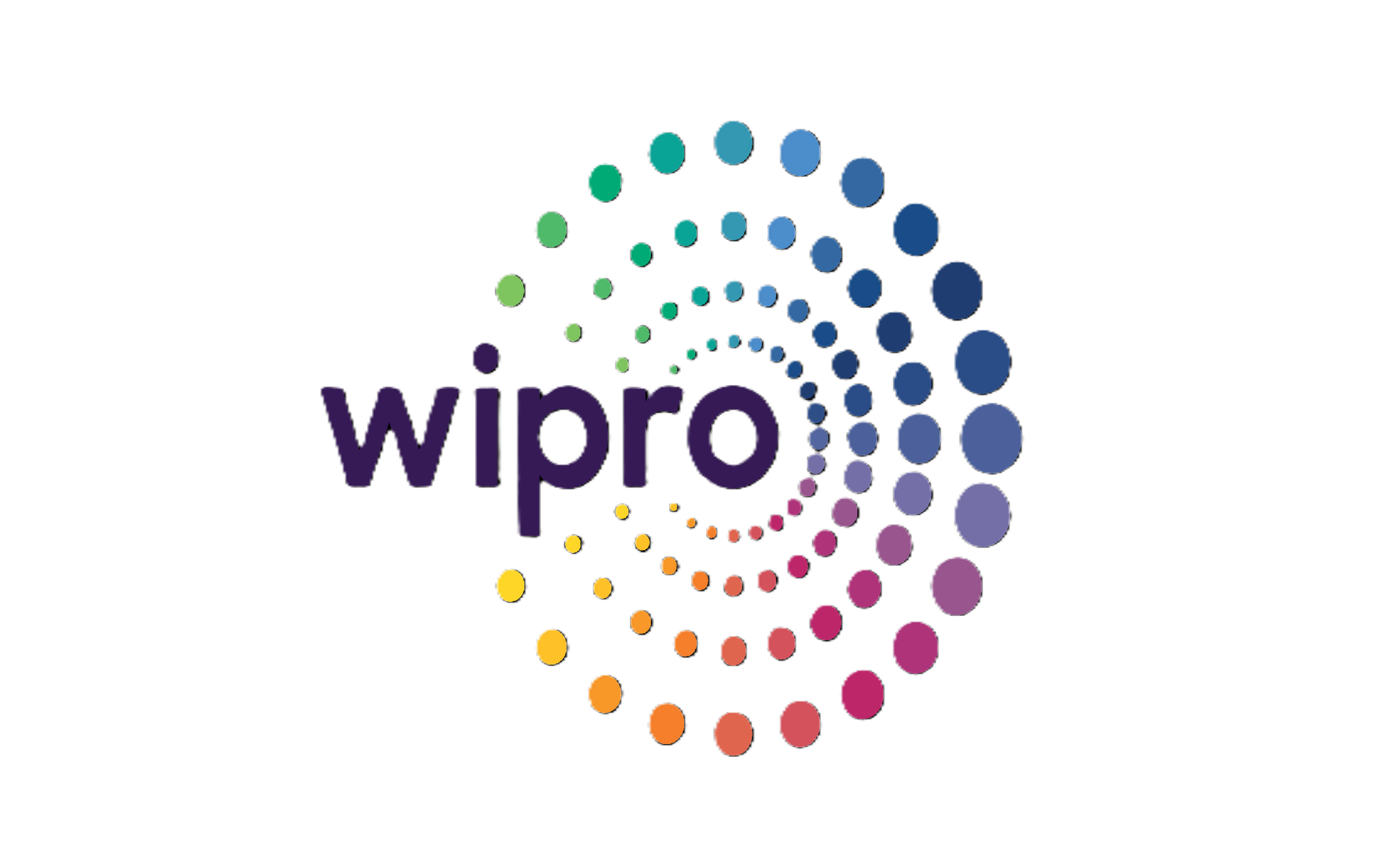
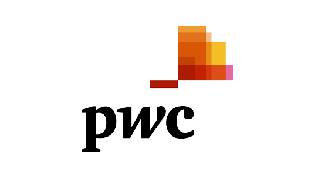

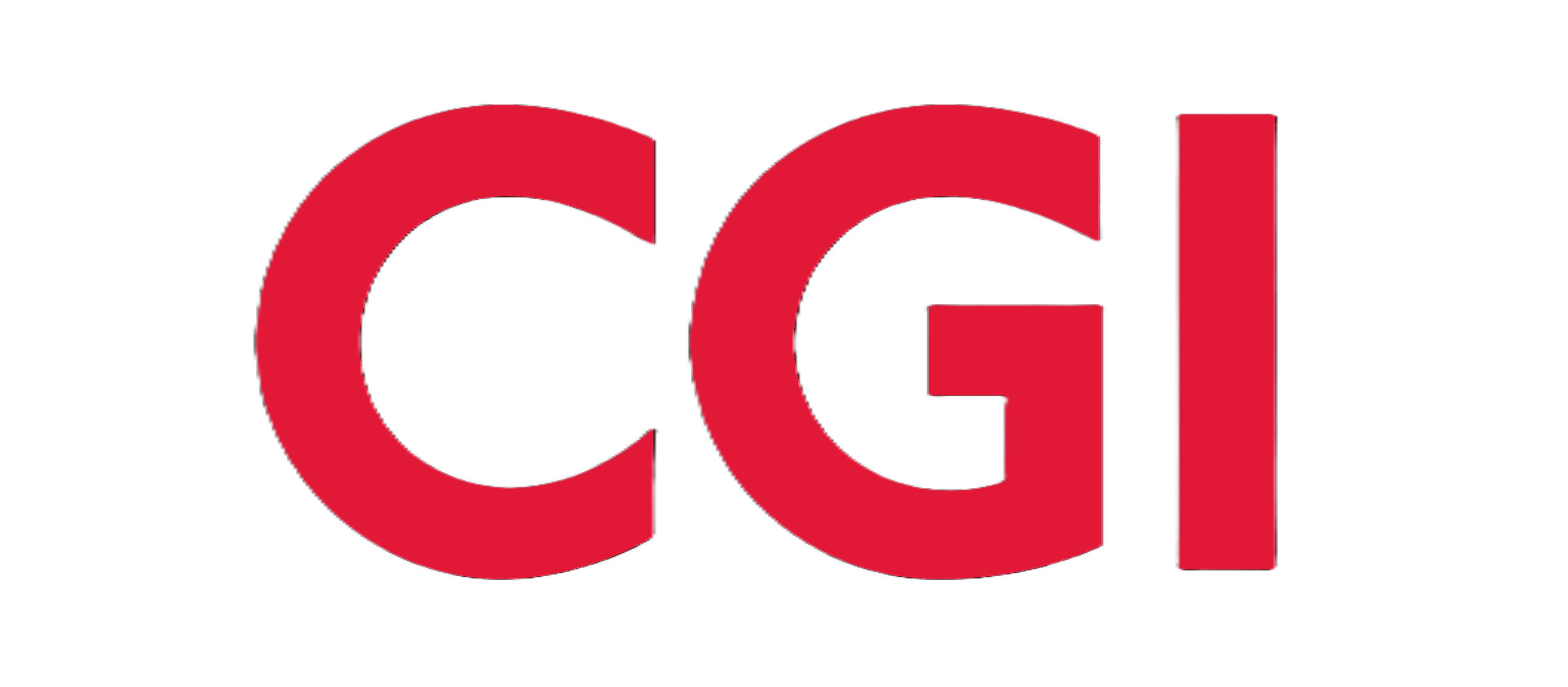
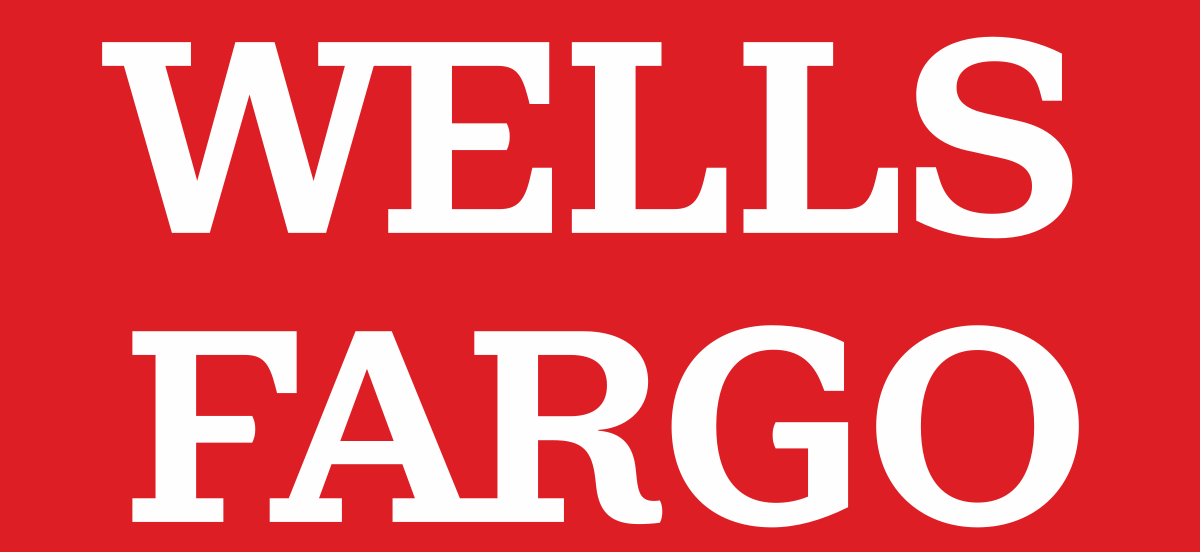


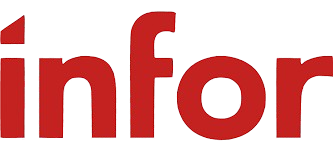

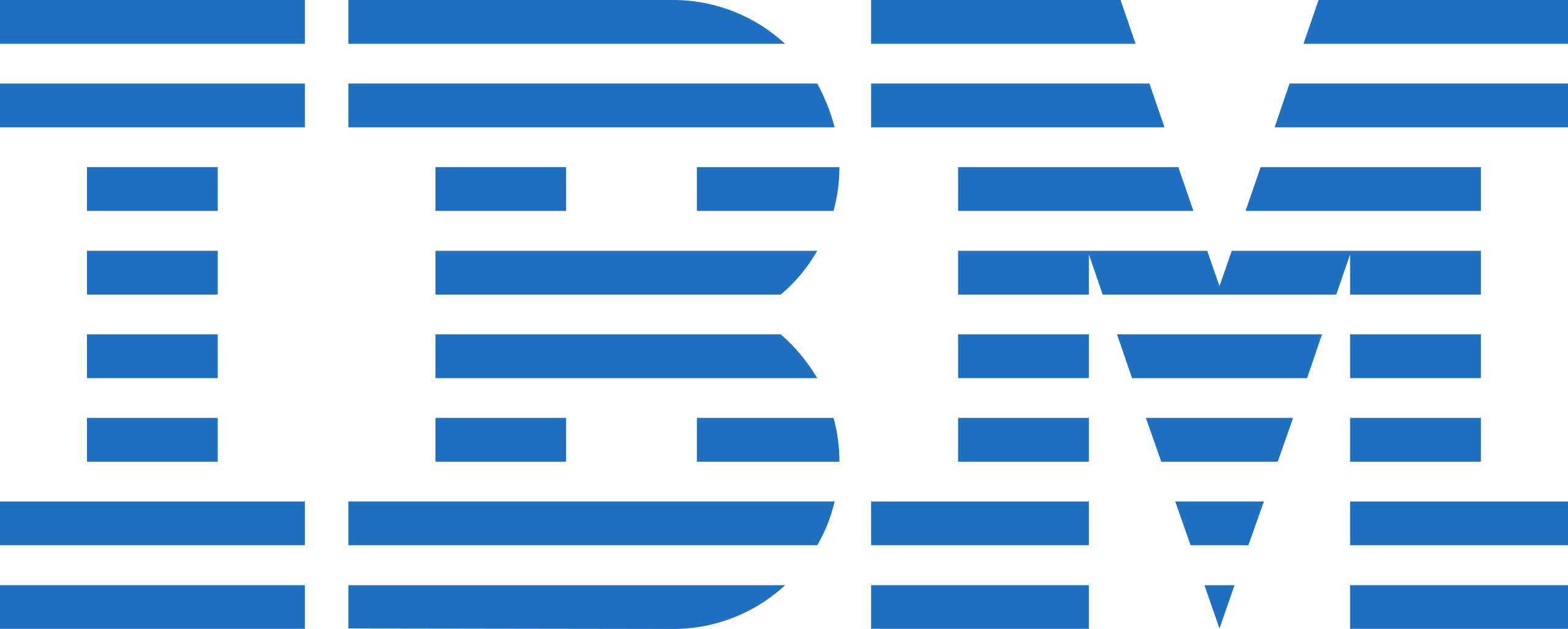
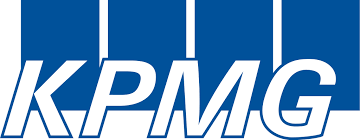













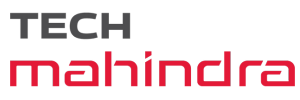


Why you should enroll our AWS DevOps Online Certification Training
Training program?
Industry recognized certified AWS DevOps Training.
Get trained by real time indutry experts with 10+years of experience.
Very cost effective and 100% job assistance provided.
Learn Linux + AWS + DevOps + Kubernetes + Terraform
AWS DevOps Training is curated by industrial experts to help you develop your skills in both AWS and DevOps which will upgrade your career.
The Fundamentals of DevOps powered by AWS is a beginner-level course that covers the basics of DevOps in the AWS runtime environment. It introduces learners to different phases of software development including the traditional approach, the DevOps approach, the need for DevOps in software development and the benefits of adopting DevOps, etc.
Throughout this online instructor-led training for AWS DevOps, you will be working on real-time industry use cases.
Clear your AWS Certified Solution Architect and AWS certified SYSOPS Administrator Certifications with this AWS DevOps course.
Learning Path
AWS Curriculum:
Hands on
Hands on
Hands on
Hands on
Final Project – Hosting a Java and PHP application in AWS cloud
DevOps Curriculum :
Frequently Asked Questions
The AWS and DevOps Online Certification Course is a job-oriented training program that combines two of the most in-demand IT skills:
✅ Amazon Web Services (AWS) – The leading cloud computing platform
✅ DevOps (Development + Operations) – A set of practices to automate and integrate software development and IT operations.
The program covers:
AWS :
DEVOPS :
Yes, upon successful completion, participants receive a DEVOPS ONLINE CERTIFICATION Course Certificate from SGD Professional IT Solutions, which is recognized by the AICTE industry.
There are no strict prerequisites, Don’t worry if you don’t meet all the above – most courses start from the basics and include Linux, Git, and DevOps foundations in the first modules.
Graduates can pursue roles such as:
Yes, SGD Professional IT Solutions provides 100% Guarantee Placement Support, including resume-building assistance, interview preparation, and job referrals with partner companies.
Structure your learning and get a certificate to prove it.
SGD Professional Training Features
The Participants will get an opportunity to get trained from real time industry experts in specific domains having more than 10 yrs of experience.
The participants will get 24/7 access to our creative and vast extensively designed study materials and videos along with countless no.of information regarding career opportunities as per the industry standards
SGD Professional IT Solutions is committed to provide 24/7 quality technical support services to all our participants with no compromise.
Our dedicated HR consultants work 24/7 to maintain healthy relationship with various top job portal companies and job consulting services to place our participants in more than 500+ startup companies and MNC’s.
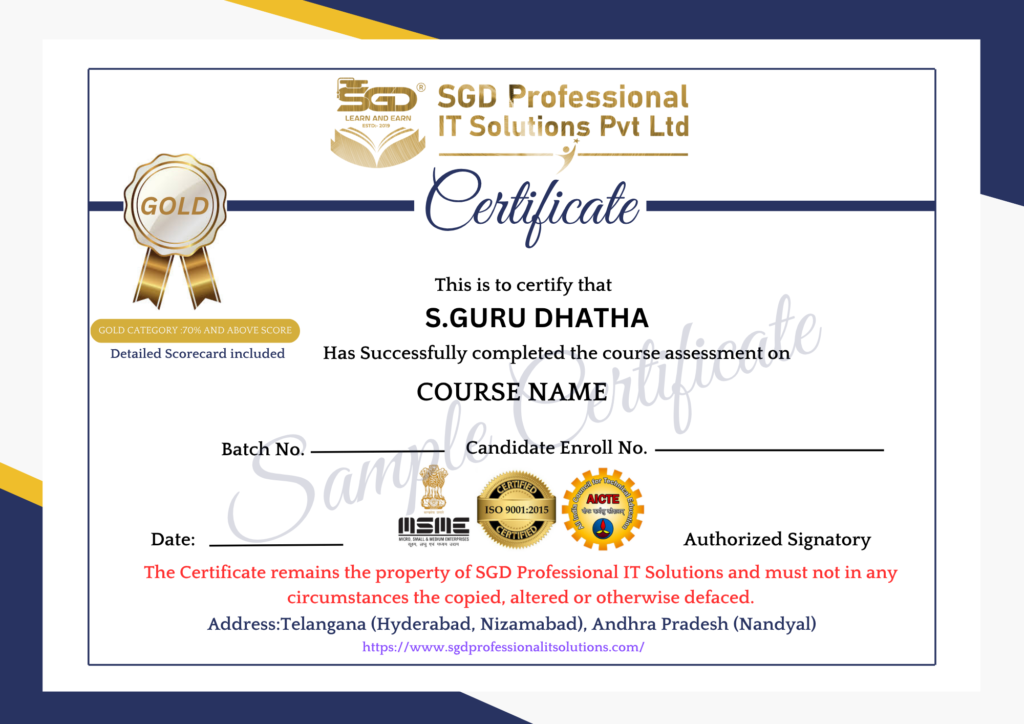

Structure your learning and get a certificate to prove it.
Fill the form and enroll now!

Structure your learning and get a certificate to prove it.
Fill the form and enroll now!